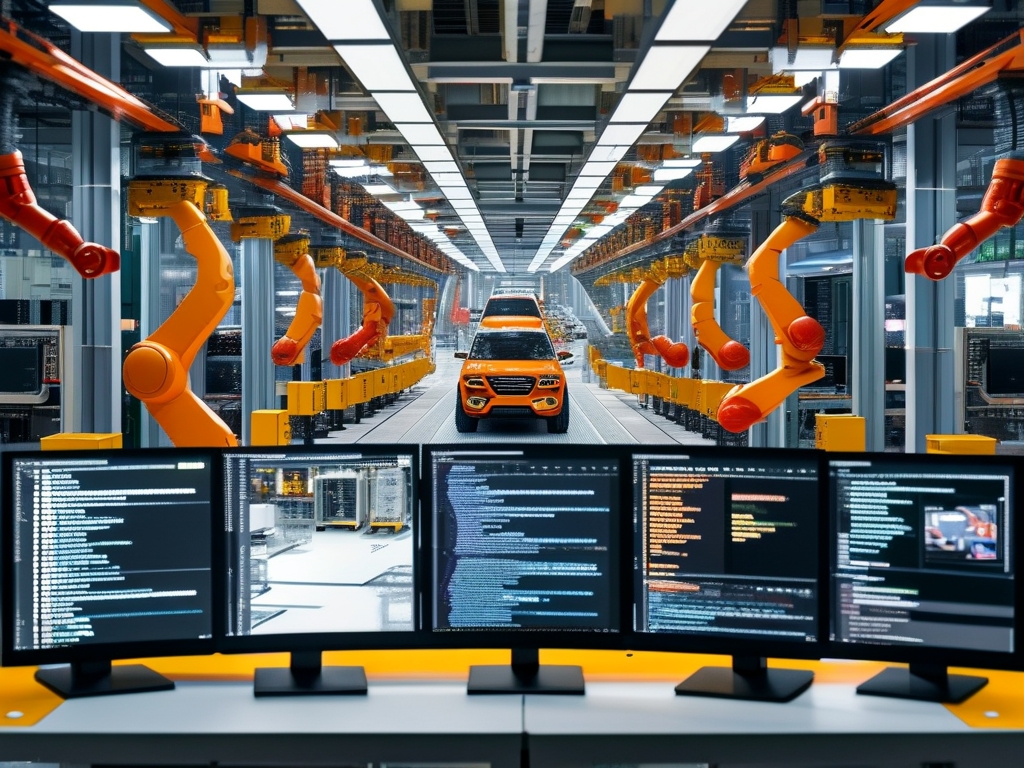The development of embedded systems for modern vehicles represents a complex, multidisciplinary endeavor that combines software engineering, hardware design, and automotive safety standards. As vehicles evolve into "computers on wheels," the embedded development process has become critical to ensuring reliability, performance, and compliance with stringent industry regulations. This article explores the systematic approach to vehicle embedded system development, breaking down its phases, challenges, and best practices.
1. Requirements Analysis and Specification
The process begins with defining functional and non-functional requirements. Automotive OEMs collaborate with suppliers to document:
- Safety objectives (aligned with ISO 26262 ASIL levels)
- Real-time performance constraints
- Power consumption limits
- Communication protocols (CAN, LIN, Ethernet AVB)
- Over-the-air (OTA) update capabilities
A requirements management tool like IBM DOORS or Jama Connect is typically employed to trace specifications throughout the development lifecycle.
2. System Architecture Design
Engineers create a hardware-software co-design framework:

- Hardware Layer: Selection of microcontrollers (e.g., Infineon Aurix, NXP S32), sensors, and actuators
- Middleware: AUTOSAR-compliant communication stacks
- Application Layer: Feature-specific algorithms (e.g., ADAS perception logic)
Model-Based Design (MBD) tools such as MATLAB/Simulink enable virtual prototyping and early validation through simulation.
3. Software Development Lifecycle
Phase 1: Component Development
- Coding following MISRA C/C++ guidelines
- Unit testing with frameworks like Google Test
- Static code analysis using Coverity or Klocwork
Phase 2: Integration

- Hardware-in-the-Loop (HIL) testing with dSPACE or NI platforms
- ECU network validation via CANoe/CANalyzer
- Fault injection testing for robustness verification
4. Safety and Cybersecurity Implementation
Critical steps include:
- Failure Mode and Effects Analysis (FMEA)
- Implementation of secure boot mechanisms
- Cryptographic key management for V2X communications
- Compliance with UNECE R155/R156 regulations
5. Certification and Production
The final phase involves:
- Environmental testing (-40°C to +85°C thermal cycles)
- EMI/EMC compliance validation
- Functional Safety Audit (ISO 26262 Part 8)
- Flashing software to ECUs using XCP protocol
Challenges in Automotive Embedded Development
- Long Product Lifecycles: 10-15 year support for legacy systems
- Multicore Optimization: Managing mixed-criticality applications on SoCs
- Supply Chain Coordination: Synchronizing Tier 1 suppliers and silicon vendors
Future Trends
- Shift towards zonal architectures and centralized compute platforms
- Increased adoption of AI accelerators for autonomous driving
- Growing emphasis on software-defined vehicle (SDV) paradigms
The vehicle embedded development process requires meticulous planning, with an estimated 40% of project time dedicated to verification and validation activities. As automakers transition to electric and autonomous vehicles, this process continues to evolve, demanding tighter integration between mechanical systems, embedded electronics, and cloud-based services. By adhering to structured development methodologies and leveraging modern toolchains, engineering teams can navigate the complexities of building safe, efficient, and future-proof automotive embedded systems.









